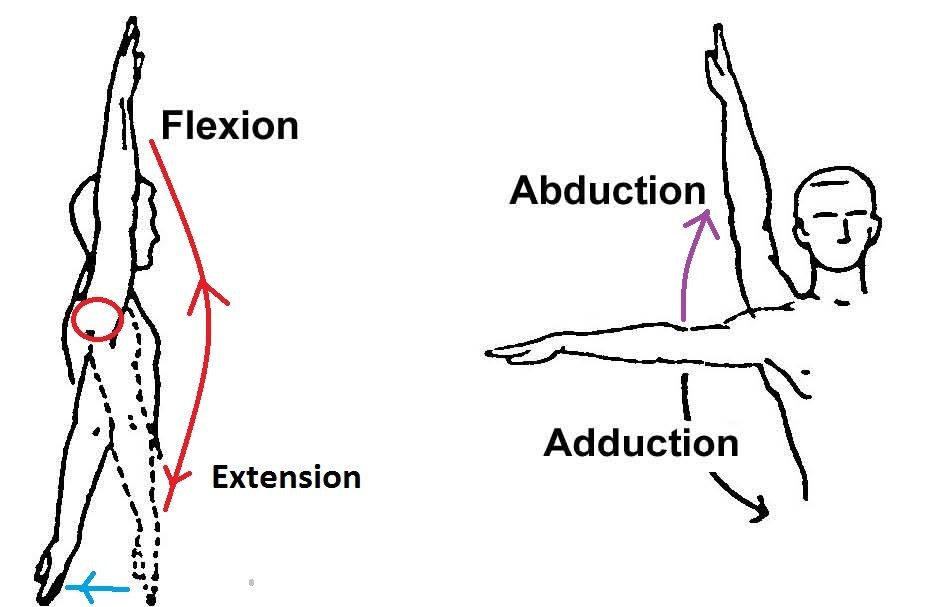Facts and Background
Shoulder injuries are common for veterans and nonveterans alike. Between 7-8 million people see a doctor each year for shoulder pain and issues. There are 400,000-500,000 rotator cuff surgeries performed each year in the US alone, with expectation for that number to continue climbing. Why so many injuries? This area of the body can easily become injured from excessive or repetitive movements, mainly movements causing overhead lifting of the arms. Most injuries to this area of the body do not involve bone, but are in the ligaments, muscles and tendons.
Common Shoulder Injuries & Issues
Repetitive training, lifting, heavy movements are part of the routine and day-to-day for both combat and noncombat veterans, so injuries happen often for both groups. Oftentimes, this pain becomes “normal” and veterans don’t seek care for it.
- Dislocation– this happens when the top part of your arm bone pops out of the socket
- Rotator Cuff Tear– the rotator cuff is a group of four muscles that come together to form tendons covering the head of the humerus bone. The rotator cuff attaches your humerus bone to your shoulder blade and is what allows you to raise and lower your arms.
- Separation– a separation occurs when ligaments between the shoulder blade and collarbone are torn
- Tendonitis or Bursitis– tendonitis is when the rotator cuff and bicep tendons become inflamed. Bursitis is when inflammation occurs in the subacromial bursa, which is the pad that cushions tissues and bones in between the shoulder blade and rotator cuff.
- Replacement– when very damaged, due to severe trauma or severe arthritis, a replacement is sometimes necessary to remove the damaged areas and rebuild with metal or plastic implants
- Amputation– shoulder amputations are rare. There are separate codes and ratings if this is a reality.
Service-Connection & Ratings
The following criteria must be met before the VA will establish service-connection and determine a disability rating.
- Veteran must have a current and diagnosed shoulder condition
- Events, illness, injury, etc. must have occurred during service that have caused or worsened the shoulder pain or condition
- A medical nexus must be provided to connect the condition to the in-service event, illness or injury
Once those criteria are met, the VA will establish a rating based on the severity of the condition.
Words to know:

*Flexion- raising your arm directly in front of your body to over your head, if in full range of motion
*Abduction- raising your arm out to the side of your body
*Guarding- avoiding movements that would hurt
Ratings for limitation of arm movement-flexion or abduction, and dislocation
The VA rates shoulder injuries and conditions under both 38 CFR § 4.71a – Schedule of Ratings – Musculoskeletal System and § 4.73, Schedule of Ratings – Muscle Injuries.
Ratings for limitation of arm movement away from the body- flexion or abduction; Diagnostic code 5201
| Percentage
Dominant Hand |
Percentage
Non-Dominant Hand |
Flexion OR Abduction During a Flare |
| 40% | 30% | 0-25 degrees |
| 30% | 20% | 30-45 degrees |
| 20% | 20% | 90 degrees |
Ratings for Dislocation; Diagnostic code 5202
| Percentage
Dominant Hand |
Percentage
Non-Dominant Hand |
Frequency of Dislocations |
| 30% | 20% | Frequent episodes & guarding of all arm movements |
| 20% | 20% | Infrequent episodes & guarding of movement only at shoulder level |
Your Next Steps
Don’t suffer in silence. Pain may feel like a regular part of your day to day, but it can get worse if left untreated. It’s important that you see a medical professional and find out what your options are.
Our team can help ensure you are receiving the most accurate ratings and disability compensation that you have earned and deserve. Connect with one of our team members for a free consultation using the button below!
Click Here for Info on Your Free Consultation

